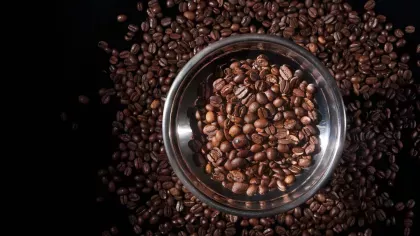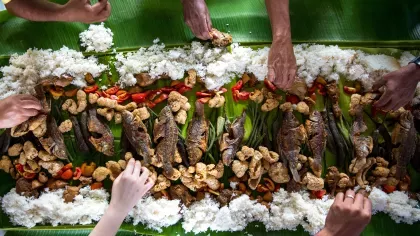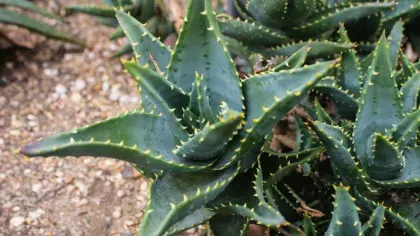20 November 2019
Passion Flowers: Ignite your senses
Discover the beautiful blooms and delicious delights of Passion Flowers.

Passion Flowers (Passiflora) deliver a spectacular floral display, exploding with colour and intricate detail.
There are more than 550 species of Passion Flower and they are mostly climbers, with some shrubs and even trees.
They are commonly distributed throughout Mexico and Central and South America, and sometimes occur in Southeast Asia and the Pacific.
In some Passion Flower species, their exotic blooms produce edible fruits.
You may be most familiar with the passion fruits of Passiflora edulis.
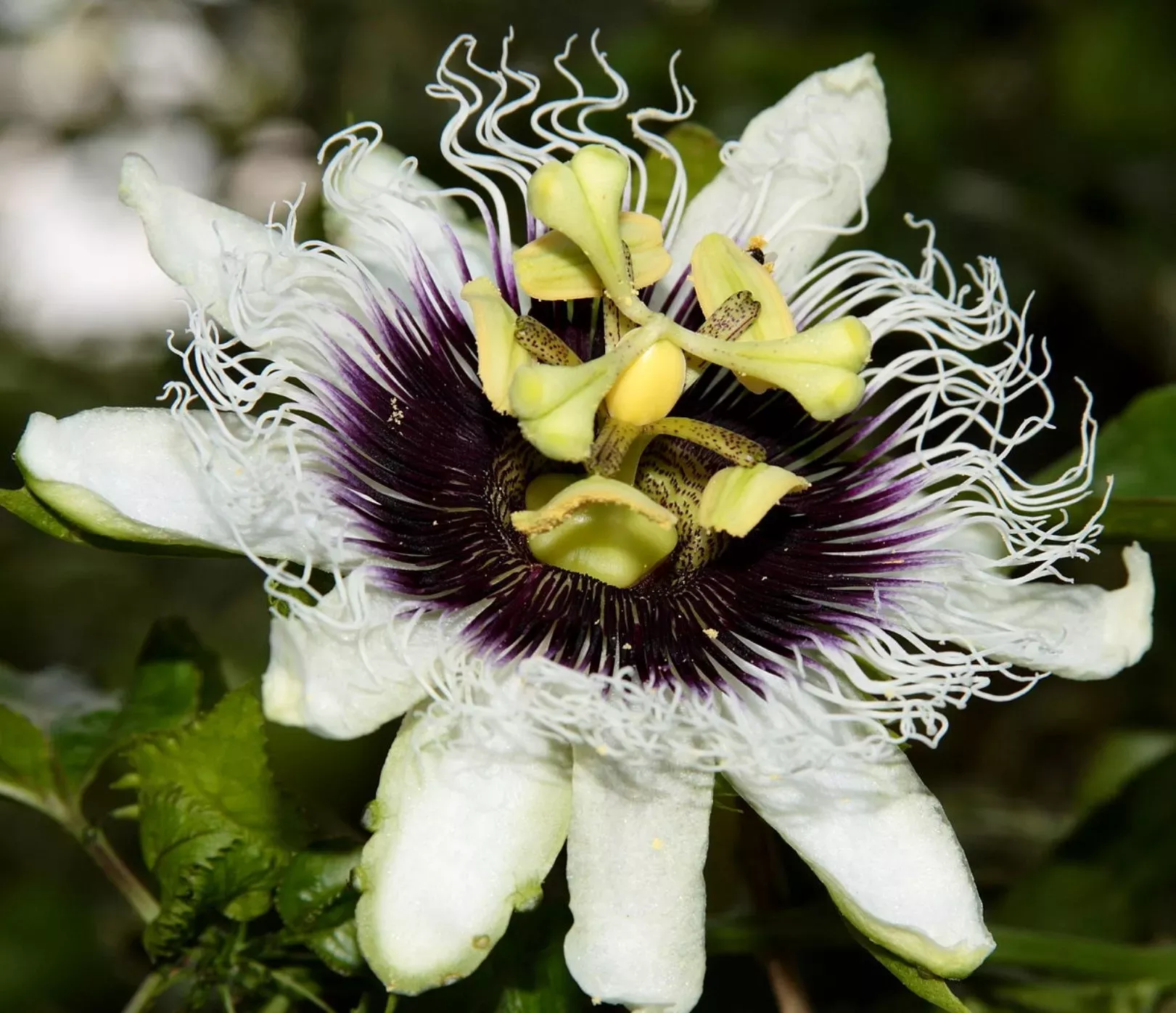
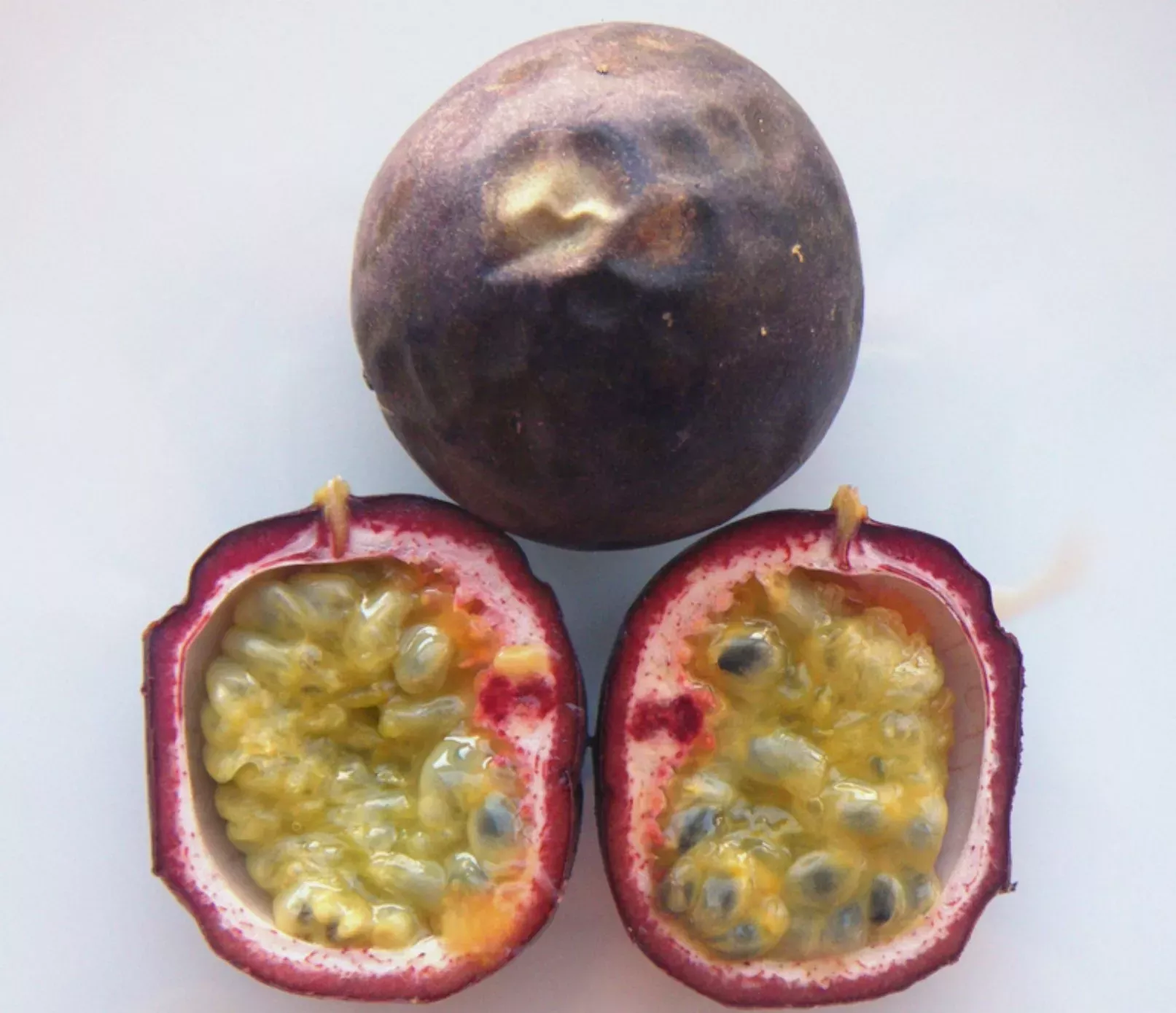
Floral wonders
Passion Flower blooms are extremely complex and diverse.
These must-see wonders of the plant world showcase several unique floral structures.
The corona is the circle of filaments that radiate out from the centre of the flower which help to guide pollinators to the reproductive structures.
The androgynophore is the elongated stalk that rises from the middle of the flower.
The operculum is a hard flap which serves as a lid to prevent nectar robbery.
Extrafloral nectaries are nectar-producing structures that develop outside of the flower and are not involved in pollination. These are seperate to the intrafloral nectaries found inside the flowers which attract pollinators.
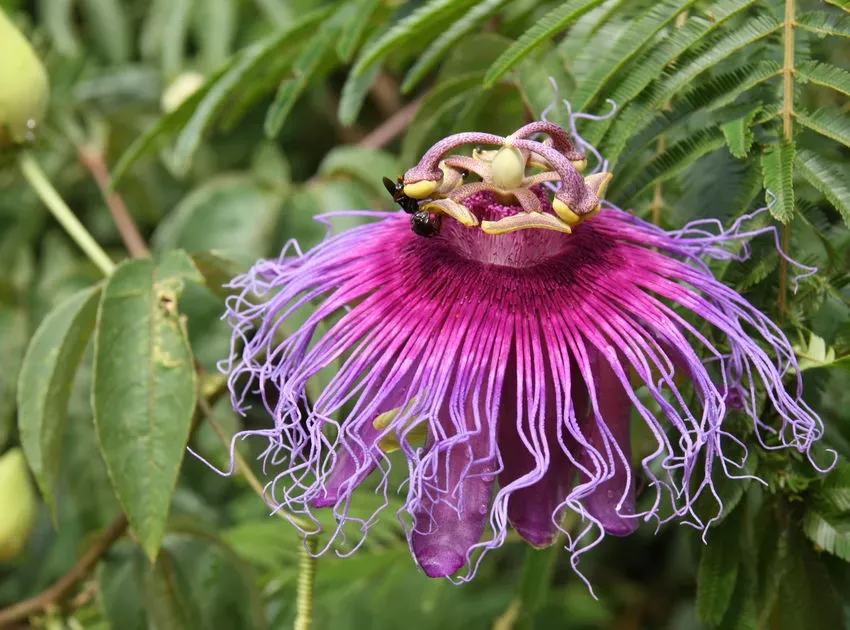
Picky about pollinators
Passion Flowers have a vast range of pollinators from large bees and butterflies, to bats and hummingbirds.
The distinctive floral structures often mean that a Passion Flower relies on a single, special pollinator.
The sword-billed hummingbird, for example, is the only pollinator of some species of Passion Flower from the Andes. It has a very elongated bill that is perfect for reaching down into the long nectar tubes of the Passion Flowers.
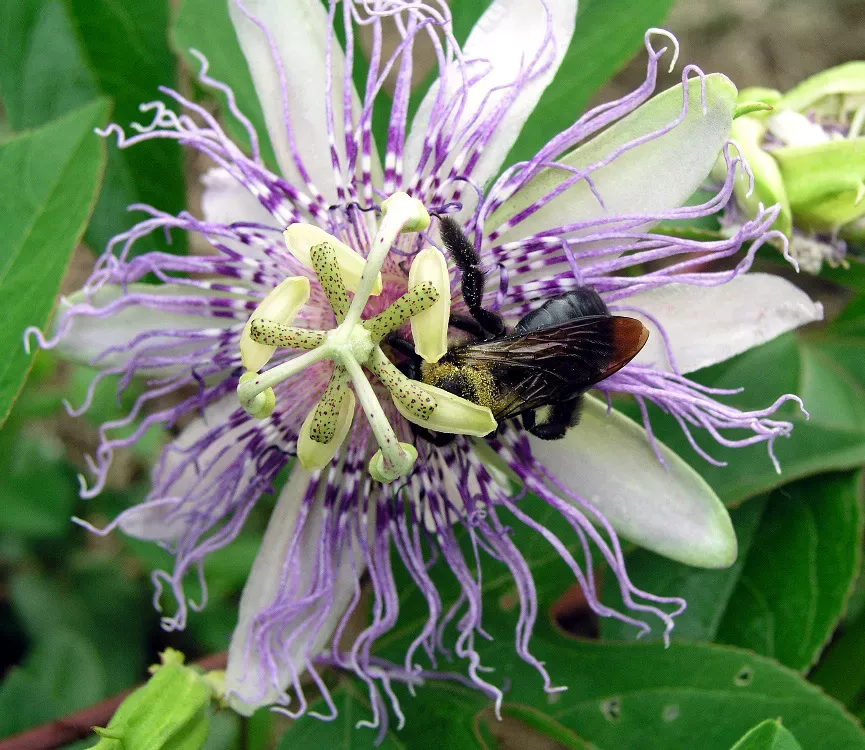
Clever tricksters
Butterflies in the Heliconius genus lay their eggs solely on Passion Flowers.
When the eggs hatch into caterpillars, they wreak havoc by feeding greedily on the leaves of the Passion Flower.
Passion Flowers have subsequently evolved some defence mechanisms against herbivory by Heliconius butterflies and other insects.
These defences against herbivory can include:
- Little nubs or yellow spots on leaves that look like butterfly eggs. This deters butterflies from laying eggs on what appears to be an already crowded leaf.
- Poisonous toxins in leaves.
- Specialised leaves (bracts) with sticky hairs that trap insects.
- Nectar glands on leaves which attract ants that eat and kill many pests.
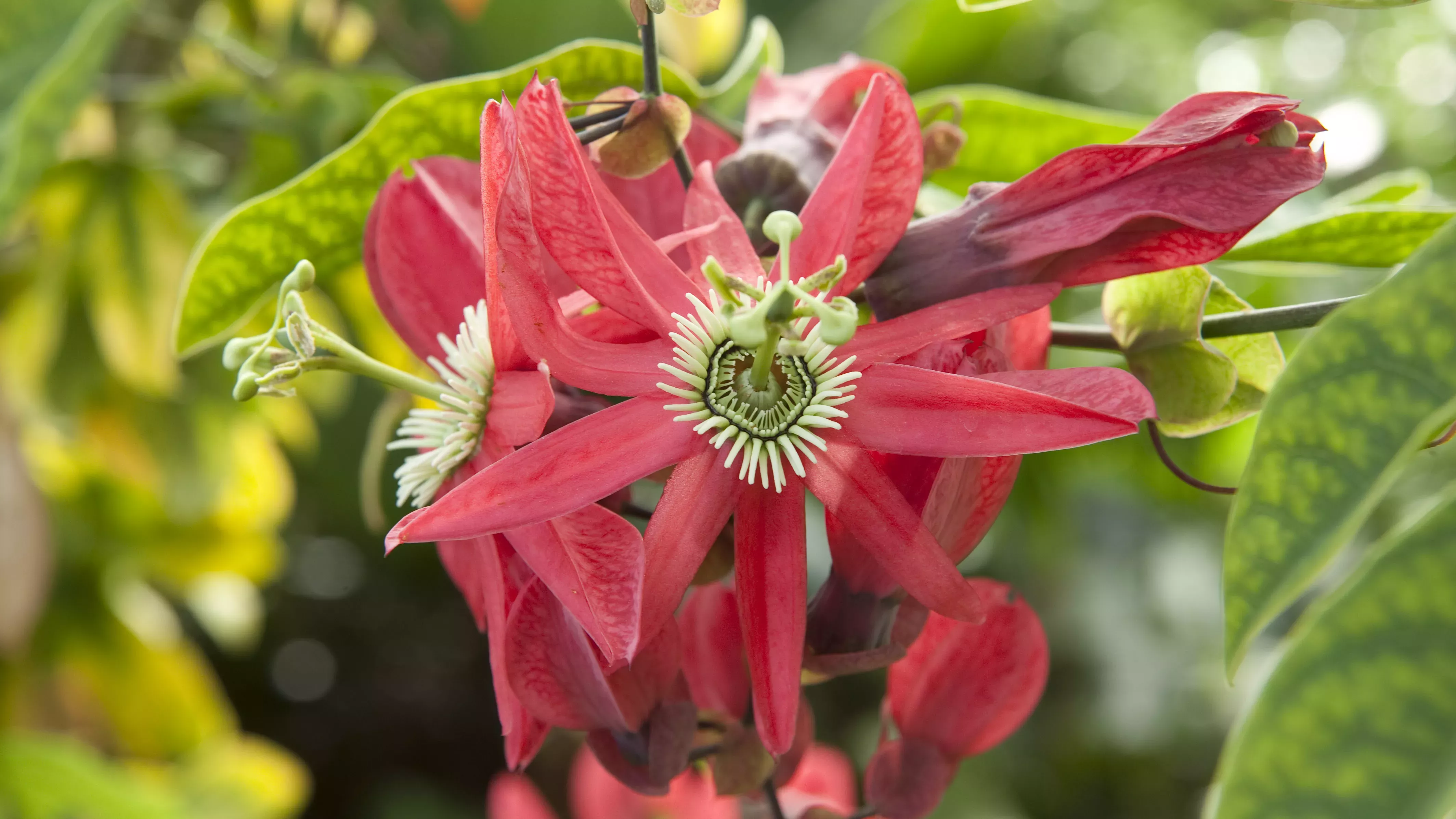
Did you know?
- The name Passion Flower (Passiflora) came from Spanish Christian missionaries who believed that the flowers symbolised the Passion of Jesus Christ.The Latin word passio means suffering.
- The fruit from some species of Passion Flower are poisonous. They contain chemicals called cyanogenic glycosides that can produce cyanide when combined with enzymes in saliva.
- The leaves of Passiflora foetida (foetida meaning fetid in latin) emit a foul odour when picked or crushed.
You can marvel at these flowers yourself across Kew in the Princess of Wales Conservatory, Palm House, Waterlily House and Temperate House.

